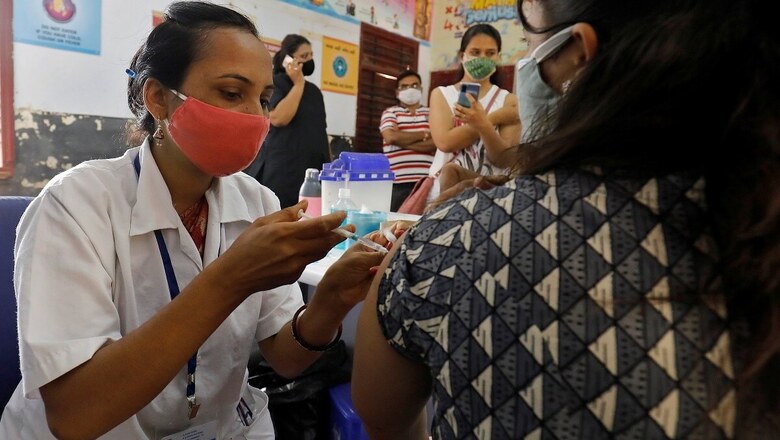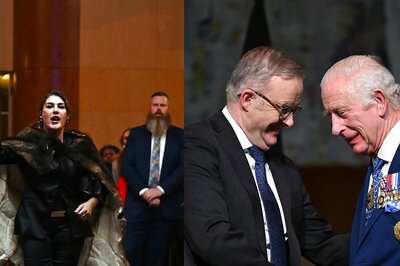
views
As India crosses another milestone of administering 22 crore cumulative COVID-19 vaccine doses, a closer look at the statistics reveals a gender gap in the inoculation process as most states vaccinate more men than women. Over 2.25 crore beneficiaries of age group 18-44 vaccinated so far. While more than 22 lakh vaccine doses were administered today till 7 pm, said the health ministry on June 2.
So far, the number of men who have received at least one dose of the vaccine is 15 per cent higher than the number of women who have received the vaccine, a report by The Print stated. This means that just 867 women were vaccinated for every 1,000 men who were. This is even lower than than India’s gender ratio.
India’s population ratio is 940 females to 1,000 males, according to the 2011 census. As of 2015, the ratio was 900 females per 1,000 males, according to Niti Aayog.
As of the June 2, 9,13,81,749 men had been vaccinated, while 7,92,31,870 women had received at least one dosage. This means that men account for 53 per cent of the total population vaccinated thus far.
States Which Have Performed Well:
Only three states, Chhattisgarh, Kerala, and Himachal Pradesh, have female vaccination rates that are greater than male vaccination rates.
Kerala, with the largest female-to-male ratio in the country (967 females for 1,000 males), has also done a fine job of ensuring that its female population is vaccinated. In the state, for every 1,000 men vaccinated, 1,125 women were immunised.
The state of Chhattisgarh follows a similar pattern. In the state, for every 1,000 men immunised, 1,045 women have received the vaccine. In Himachal Pradesh, for every 1,000 men, 1,003 women have been immunised.
J&K, Nagaland, Delhi Lead in Gender Disparity in Vaccination:
The biggest gender disparities in vaccination are found in Jammu and Kashmir, Nagaland, and Delhi.
Jammu & Kashmir has the biggest gender discrepancy among states, even after having vaccinated 67 percent of its population aged 45 and up. Only 709 women have been immunised in the state for every 1,000 men who have taken the vaccine.
Following that is Nagaland, where just 714 women were vaccinated for every 1,000 men who received the vaccinations.
Delhi is one of the states with a vaccination disparity between men and women. Only 725 women are vaccinated for every 1,000 men in the city. This is in stark contrast to Delhi’s reported sex ratio of 869 females per 1,000 males.
In Uttar Pradesh and Punjab, where men account for nearly 56% of those who have been vaccinated, the gender disparity is also evident.
In Uttar Pradesh, 769 women are vaccinated for every 1,000 males who receive the Covid vaccine, whereas in Punjab, 754 women are vaccinated for every 1,000 males.
Other states that are doing well in terms of gender parity include Karnataka, Andhra Pradesh, Uttarakhand, and Goa. Around 51% of the total population vaccinated in these states are men.
Meanwhile, the number of trans people who have had at least one Covid vaccination shot is as low as 26,793.
Read all the Latest News, Breaking News and Coronavirus News here.




















Comments
0 comment